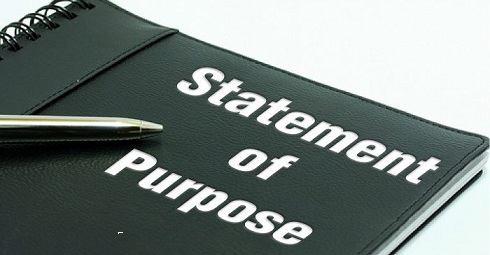
Knowing the average cost of living in Australia is an essential component of financial preparation as the country has a high standard of living albeit lower than that of the States and the UK. According to statistics, Australia is the 12th most expensive nation in the world! However, international students can offset some of the costs as they are allowed to work for few hours a week. Here is an approximate breakup for deciphering the cost of living in Australia for international students:
Living Cost in Australia for One Person
Giving one estimate for the living cost or even the monthly living expenses in Australia may not be accurate as it depends upon the city whereby big cities (e.g. Sydney and Melbourne) turn out to be more expensive to live in contrast to smaller ones (e.g. Orange and Newcastle). Either ways, it is safe to say that a single person might end up spending about AUD $400 – 600 per week for groceries, utilities and rent (expenses are calculated on a weekly basis in Australia as opposed to a monthly basis in other countries). One thing should be highlighted that rent is likely to burn a hole in your pocket especially if you come from the ‘third world’ countries. This is because there has been housing shortage over the past few years.
Cost of Living in Australia for Indian Family
Indians are well known for surviving in the least possible budget! Indian families are very good at budgeting and may come up with heuristics for surviving, for instance, cooking curries or dhal instead of going in for much more expensive non-vegetarian options and by avoiding cafes/restaurants. Roughly, a small Indian family comprising of 4 members may require AUD $2800 – 3200 per month (excluding luxuries). On the contrary, Australian living costs for Indian students turn out to be cheaper (as they are single). Here is the breakup (again on a weekly basis):
Rent: $ 180 – 200
Food: $ 150 – 180
Utilities inclusive of transport, electricity, phone, internet: $ 70 – 100
Spending money: $100
According to a survey done with students, Hobart turns out to be the cheapest city to live in Australia with an annual budget requirement of approximately $25,000!
Melbourne versus Sydney: The Popular Comparison
Everyone either wants to live in Sydney or Melbourne as these are the two most popular destinations and of course dream cities. It should be underscored that the cost of living in Melbourne and the cost of living in Sydney can be quite exorbitant although there can be some differences! Rents are higher in Sydney while certain everyday items such as eggs and bottle water costs more in Melbourne whereas utilities cost the same across both cities. As such, it turns out that renting plays a significant role in pushing both the cost of living in Sydney for Indian family and the cost of living in Sydney for international students. There is one plus point: families can send their children to state run schools where the medium of instruction is English and the fee is very nominal!
What about the cost of Tuition?
If you are a student then you may wonder about the cost of tuition fees as well. There are about 40 public universities down under (as they like to call it). The average cost of earning a Bachelor’s degree can range between 15,000 and 33,000 AUD per year and for higher degrees (postgraduate and doctoral), the associated costs might be around 14,000 – 38,000 AUD per year. The cheapest Universities to study are Victoria University, University of Wollongong (closer to Sydney), Southern Cross University (Lismore) and University of New England (Armidale). On the other hand, most expensive Universities include University of Melbourne, Australian National University, University of Sydney and University of Queensland. You may have noticed that the Universities in smaller towns tend to be cheaper as compared to the larger cities. However, there are few Universities in Melbourne and Sydney that are economical to study such as Australian Catholic University and Western Sydney University. The longer the course, the higher the fees as the Universities charge based on semesters.
Thinking of Trade-offs?
By the end of reading this, you would have guessed it right that there could be trade-offs when it comes to deciding upon a particular city or region. However, one is practically not left with any choice when there is only one University that has granted admission or a work location. However, one can plan a monthly budget wisely and then choose to spend savings in an appropriate manner. Australia has much to offer irrespective of the fact whether you go there for a brief stint or a longer duration. So, don’t forget to enjoy your time over there. Students on a constrained budget do mention that living in Australia is doable with proper planning!















































